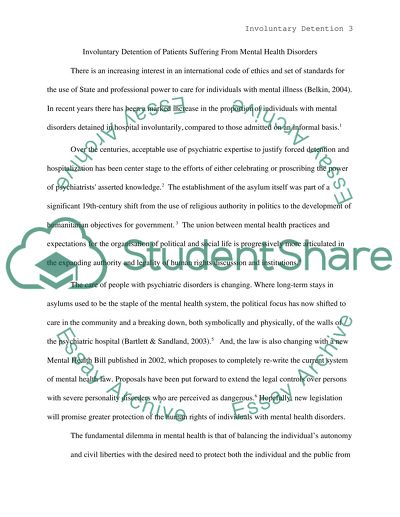Cite this document
(“Involuntary Detention Essay Example | Topics and Well Written Essays - 3500 words”, n.d.)
Involuntary Detention Essay Example | Topics and Well Written Essays - 3500 words. Retrieved from https://studentshare.org/health-sciences-medicine/1522089-involuntary-detention
Involuntary Detention Essay Example | Topics and Well Written Essays - 3500 words. Retrieved from https://studentshare.org/health-sciences-medicine/1522089-involuntary-detention
(Involuntary Detention Essay Example | Topics and Well Written Essays - 3500 Words)
Involuntary Detention Essay Example | Topics and Well Written Essays - 3500 Words. https://studentshare.org/health-sciences-medicine/1522089-involuntary-detention.
Involuntary Detention Essay Example | Topics and Well Written Essays - 3500 Words. https://studentshare.org/health-sciences-medicine/1522089-involuntary-detention.
“Involuntary Detention Essay Example | Topics and Well Written Essays - 3500 Words”, n.d. https://studentshare.org/health-sciences-medicine/1522089-involuntary-detention.


